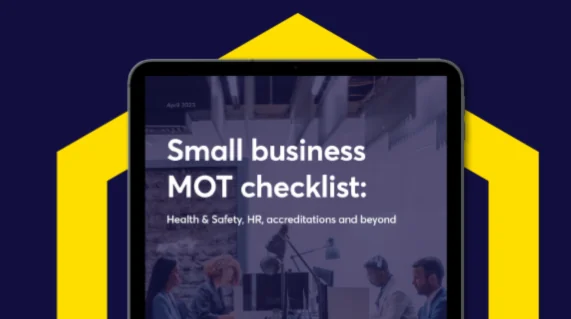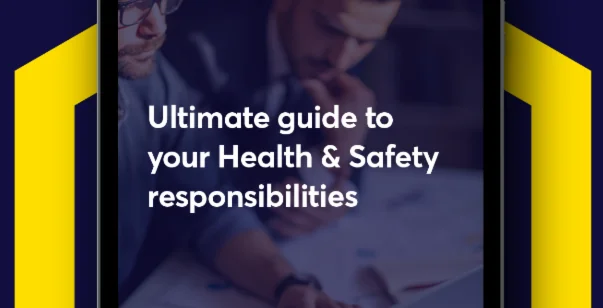Driving at Work Policy
A driving at work policy sets out in clear terms what you expect from your drivers and what they can expect from you in return. Provided that it details all your policies and procedures, it will give your drivers a valuable resource to keep with them at all times.
What is the issue?
Over 500 people are killed each year while driving for work reasons, and accident rates are 29-50% higher for business drivers than for private motorists. Driving is by far the greatest cause of work-related accidental deaths.
Key risk factors
- Fatigue, shift working, pressure and excessive hours of work or driving
- distractions, eg mobile phones and satellite navigation devices
- health and eyesight issues, including drugs and alcohol
- vehicle licensing, suitability and maintenance
- driver licensing, insurance, competence and awareness
- adverse weather
- poor ergonomics within vehicles
- personal safety issues with other drivers
- manoeuvring of vehicles in the workplace; especially when pedestrians are mingling with vehicles.
Recommendations for employers
- Manage the occupational health, competence and licensing of drivers
- manage the suitability, maintenance insurance and licensing of vehicles
- control workplace layout, procedures and behaviours involving vehicles
- provide company vehicles suitable ergonomic needs of drivers with suitable adjustment for the individual
- develop employment terms and conditions relating to driving
- manage work planning, including shifts and travel options, and consider alternatives to travel
- manage the recording and investigation of incidents and health issues
Control measures and risk reduction techniques
- Plan work (including shifts, events, trips etc) to control fatigue and pressure
- consider health screening including drugs and alcohol and eyesight testing
- control use of telephones and navigation devices
- include both company and private vehicles used for work in driving policy
- ensure selection of suitable vehicles for the specific work and for the ergonomic needs of individual drivers
- implement processes (possibly outsourced) to monitor car tax, insurance for work related driving, licensing, maintenance, weekly checks, MOT etc
- implement processes (possibly outsourced) to monitor driver licenses (with endorsements) and insurance cover of private cars for business use
- develop employment contracts to reflect policy
- ensure incident reporting and investigation processes are adequate for road traffic incidents
- deliver training and awareness solutions, and consider targeting higher risk groups, eg those driving high mileage
- develop use of other forms of transport, and teleconferencing or remote working
- provide breakdown and other emergency assistance programmes
- plan workplaces to control speed, minimise reversing of vehicles, separate pedestrians from vehicles, and maximise visibility
- develop safe areas and procedures for parking and loading/unloading, and avoid work at height on vehicles.
Case Law
In Regina v Coates and Graves, an HGV driver killed an employee working at the roadside, and was successfully prosecuted for working excessive hours. His manager was also convicted for allowing him to work such hours, and both received prison sentences.
Legal duties
- The Health and Safety at Work Act 1974
- The Management of Health and Safety at Work Regulations 1999
- The Workplace (Health, Safety and Welfare) Regulations 1992
- Various road traffic statutes and statutory instruments.





